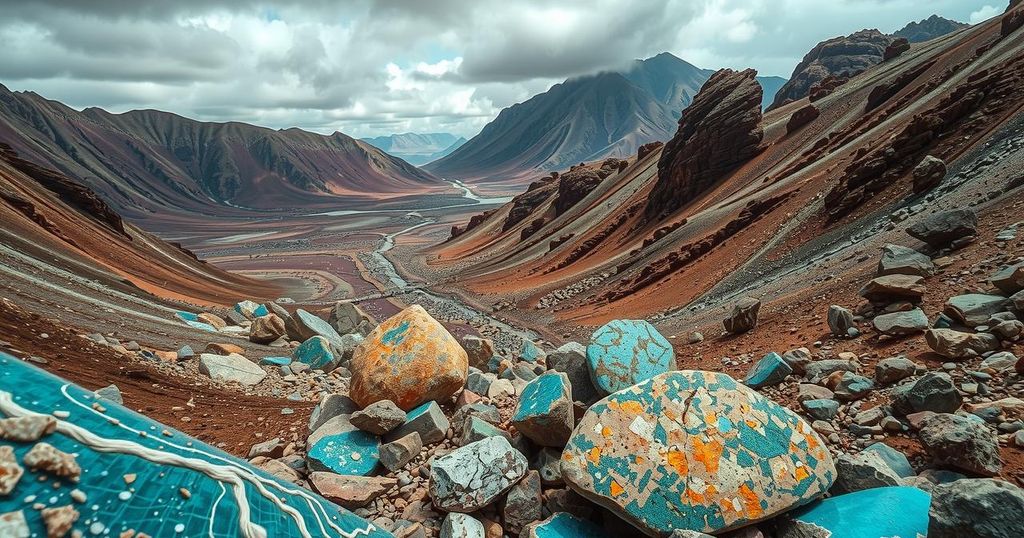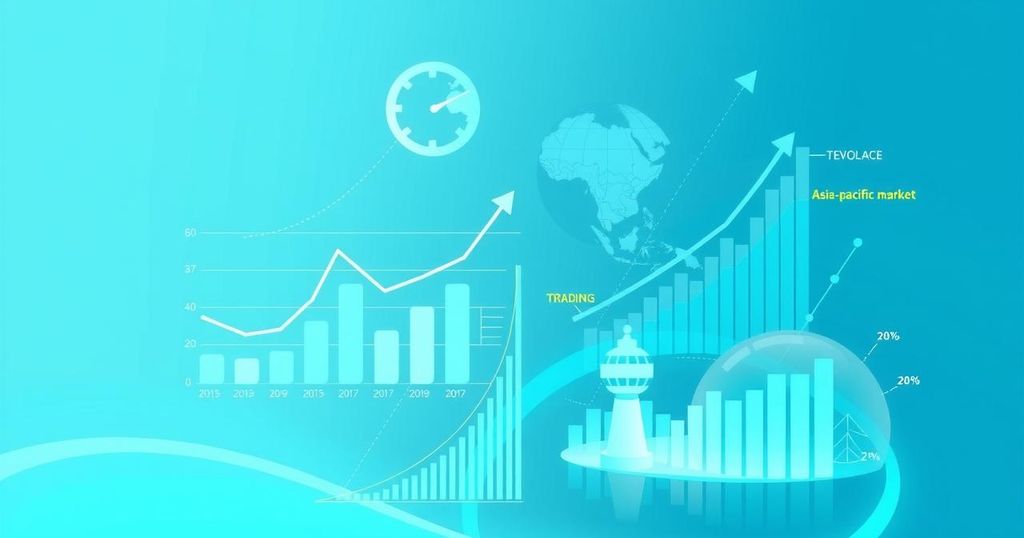Brazil and U.S. Revitalize Partnership in Critical Mineral Exploration
Brazil and the U.S. are restarting joint efforts to explore critical minerals, targeting regions rich in resources like lithium and rare earth elements. The cooperation was initially suspended but has been reinstated following assurances from the U.S. government. This initiative includes field research, training, and scholarships for Brazilian researchers, emphasizing scientific collaboration to strengthen mineral strategies.
Brazil and the United States are resuming joint efforts to explore critical minerals within Brazil. An agreement signed last year focuses on studies in four states: Minas Gerais, Goiás, and a region encompassing Rio Grande do Norte and Paraíba. The partnership targets minerals such as rare earth elements, lithium, tin, and cassiterite, with sampling already underway.
Initial cooperation was suspended in January by the Trump administration but was revived in early March. Francisco Valdir Silveira of Brazil’s Geological Survey confirmed that the U.S. government acknowledged the importance of completing the agreements in progress. He emphasized that the collaboration is crucial as the agreement has funding in place and consultants contracted.
The announcement of the cooperation resumption occurred at the Prospectors & Developers Association of Canada (PDAC 2025) Annual Convention in Toronto from March 2 to 5. Silveira pointed out that critical minerals are vital for products like electric vehicle batteries, smartphones, solar panels, semiconductors, and military technology.
Brazil possesses significant potential in producing rare earth elements, a sector largely dominated by China. Following Biden’s administration, the U.S. has actively sought agreements to access critical mineral deposits to diminish reliance on Chinese supply. Trump previously emphasized the strategic importance of these resources in negotiations with Ukraine and in the search for deposits in Canada and Greenland.
The current initiative is a limited pilot project, involving teams from Brazil and the U.S. tasked with identifying mineral deposits. Three designated regions for joint research include the Seridó/Borborema region focusing on lithium, the Alto Paranaíba region for rare earth elements, and a tin province in Goiás for data collection on reserves of rare earths, tin, and cassiterite.
In addition to field research, the partnership will provide specialized training for three geophysicists from Brazil and fund scholarships for five Brazilian researchers to study mineral deposits in Finland that share geological similarities with Brazil. This collaborative project stemmed from Geoffrey Pyatt’s visit to Brazil last year, aimed at scientific cooperation and foundations for larger future projects.
Despite U.S. funding being less than $1 million, Mr. Silveira highlighted that the main benefit derives from scientific collaboration essential for progressing toward larger scale endeavors. Valor attempted to acquire comments from the U.S. State Department regarding this agreement’s reinstatement but did not receive a response.
In conclusion, the resumption of the U.S.-Brazil joint exploration of critical minerals signifies a pivotal collaboration aimed at reinforcing supply chains for essential materials. The identified minerals will support various sectors, including technology and energy. This initiative not only fosters scientific collaboration but also establishes a foundation for larger future projects as both countries seek to enhance their mineral resource strategies amidst global competition.
Original Source: valorinternational.globo.com




Post Comment